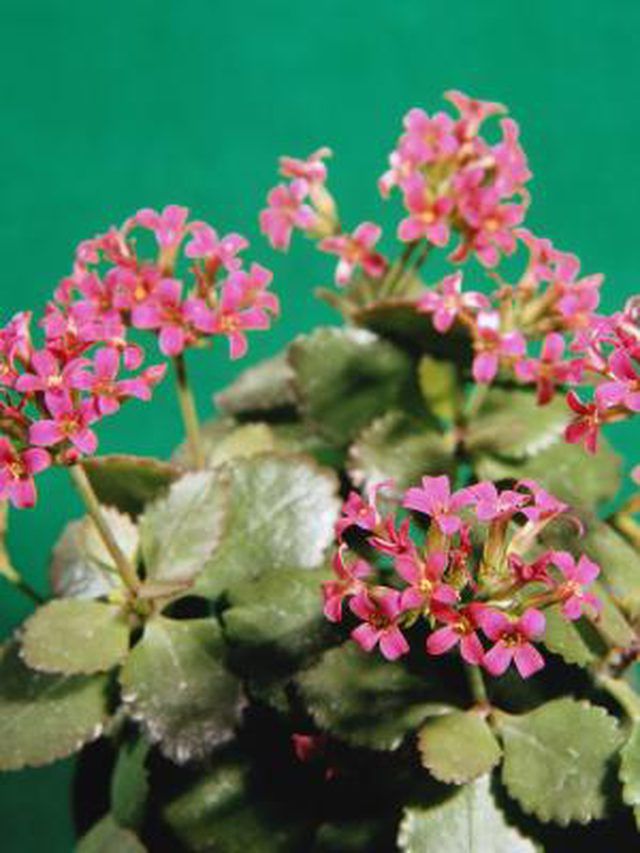Bulbs
Flower Basics
Flower Beds & Specialty Gardens
Flower Garden
Garden Furniture
Garden Gnomes
Garden Seeds
Garden Sheds
Garden Statues
Garden Tools & Supplies
Gardening Basics
Green & Organic
Groundcovers & Vines
Growing Annuals
Growing Basil
Growing Beans
Growing Berries
Growing Blueberries
Growing Cactus
Growing Corn
Growing Cotton
Growing Edibles
Growing Flowers
Growing Garlic
Growing Grapes
Growing Grass
Growing Herbs
Growing Jasmine
Growing Mint
Growing Mushrooms
Orchids
Growing Peanuts
Growing Perennials
Growing Plants
Growing Rosemary
Growing Roses
Growing Strawberries
Growing Sunflowers
Growing Thyme
Growing Tomatoes
Growing Tulips
Growing Vegetables
Herb Basics
Herb Garden
Indoor Growing
Landscaping Basics
Landscaping Patios
Landscaping Plants
Landscaping Shrubs
Landscaping Trees
Landscaping Walks & Pathways
Lawn Basics
Lawn Maintenance
Lawn Mowers
Lawn Ornaments
Lawn Planting
Lawn Tools
Outdoor Growing
Overall Landscape Planning
Pests, Weeds & Problems
Plant Basics
Rock Garden
Rose Garden
Shrubs
Soil
Specialty Gardens
Trees
Vegetable Garden
Yard Maintenance
How to Cut Back Kalanchoe
How to Cut Back Kalanchoe. With its late winter blooming habit, kalanchoe brings bright blooms into homes when the weather outside is still cold and gloomy. Most kalanchoe plants start blooming in January. To do this, however, they must set buds in the fall, making the timing of pruning or trimming critical if the plant is expected to bloom the...

With its late winter blooming habit, kalanchoe brings bright blooms into homes when the weather outside is still cold and gloomy. Most kalanchoe plants start blooming in January. To do this, however, they must set buds in the fall, making the timing of pruning or trimming critical if the plant is expected to bloom the next year. Trimming will not only help encourage the next season's blooms, but will keep the plant itself healthy and attractive.
Things You'll Need
Pruning shears or scissors
Bleach
Wait until late spring, or after the kalanchoe is done blooming. When the blooms are wilted or have all fallen off, the kalanchoe is ready to be cut back or pruned.
Mix together 1 tablespoon bleach and 2 cups of water.
Dip the pruning shears into the bleach mixture. This will kill any viruses or diseases that may be spread between plants through the shears.
Cut off the empty or wilted flower stems as close to the base of the plant as possible. Make straight, sharp cuts. Ragged cuts invite disease.
Cut back any "leggy" or undesirable growth. A kalanchoe plant should be rounded and compact. Any especially long or tall stems should be removed. As with the flower stems, cut as close to the base of the plant as possible and make a straight, clean cut.
Remove any brown, yellow or damaged leaves by cutting them at the stem.
Discard of the cuttings, including flower petals and leaves. If left in the pot, cuttings can attract unwanted pests and harbor bacteria.
Tips & Warnings
Dip the pruning shears or scissors in bleach between each plant if cutting back more than one kalanchoe.
Don't trim away all the leaves or shear the plant. It needs the leaves to continue growing and produce flower buds for the next blooming season.